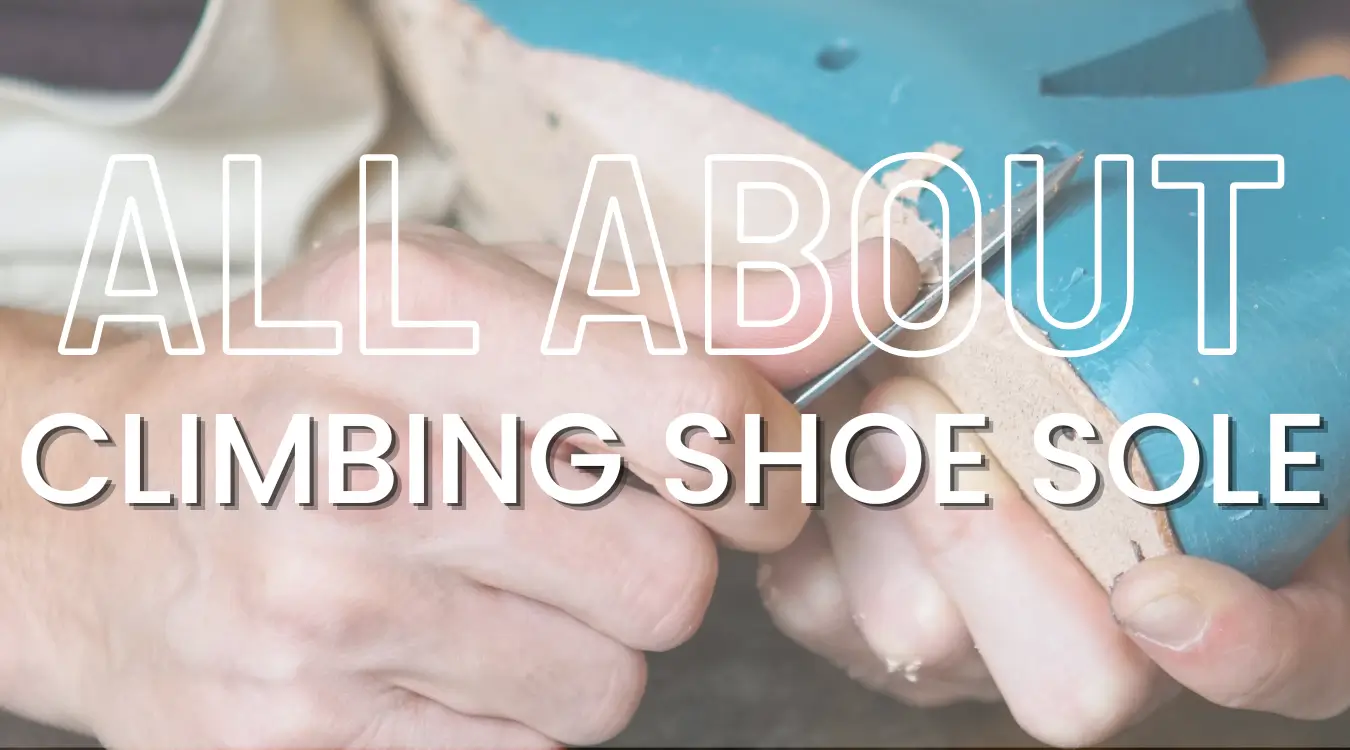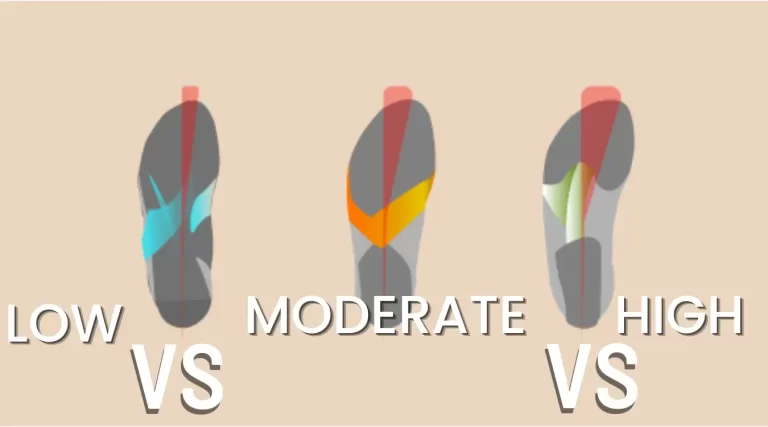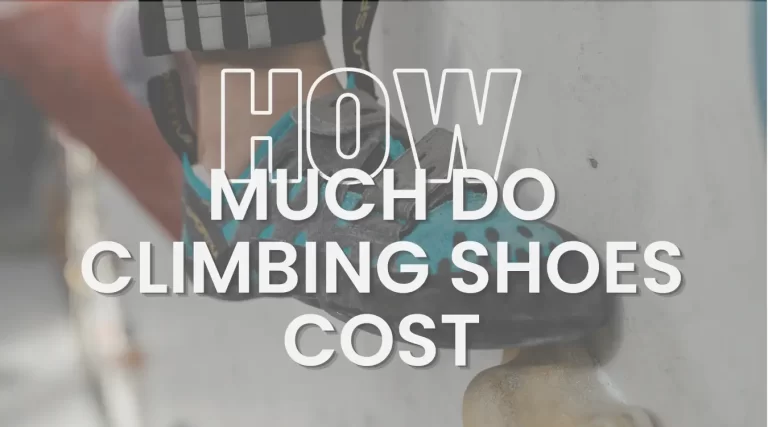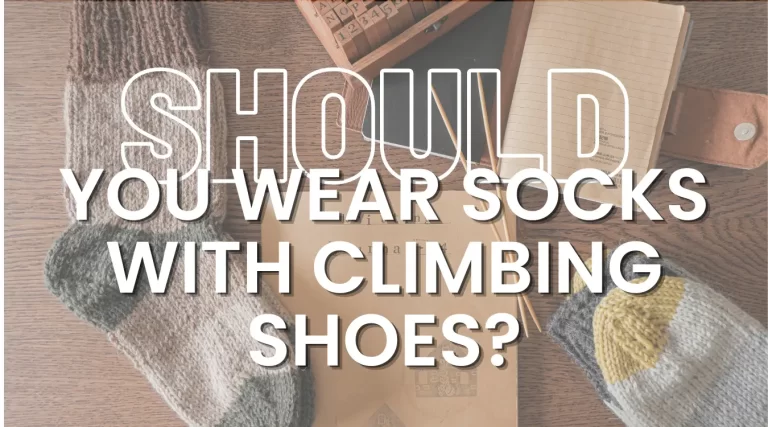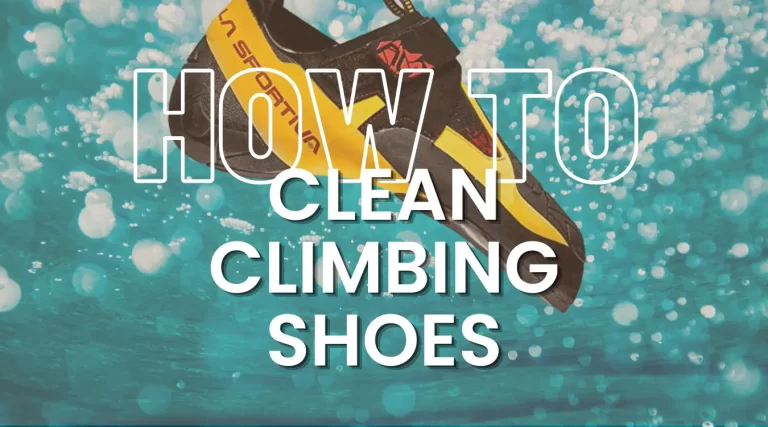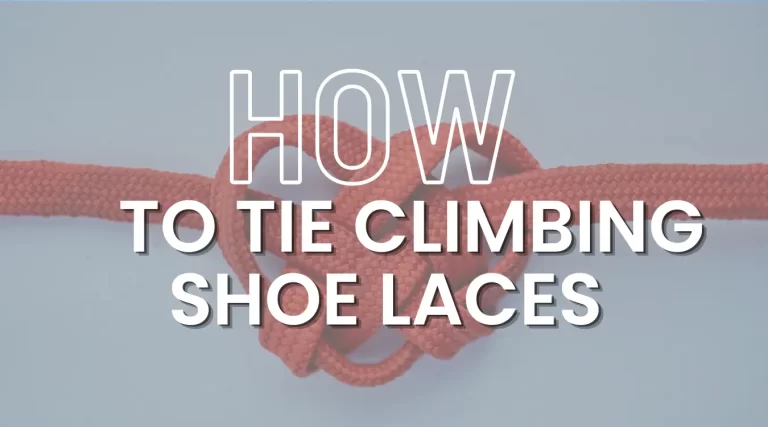All About Climbing Shoe Soles
Have you ever given the idea of climbing shoe soles even a moment’s thought? You must likely do so because being aware of your sole might enable you to climb more difficultly.
Your shoe soles significantly impact your climbing, whether you have some hiking knowledge. Goals would undoubtedly be unachievable without any suitable soles.
We’ve analyzed and written a helpful guide to the field of shoe soles in this article. Here, we’ll briefly discuss shoe soles and test some of the top climbing shoe soles on the market.
Climbing Shoe Soles-What You Need To Know
Current climbing shoes have soles composed of a variety of synthetic materials. Every company uses a unique, relatively classified method to create its identity, even if compounds like mud and carbon black are widely used materials in single manufacturing.
Numerous shoe sole materials are available today that are optimized for climbing performance. But it wasn’t always like this.
Types Of Climbing Shoe Soles
The shoe soles are equipped with is one of the most contentious issues in the field of climbing shoes. Your shoes’ adhesion, toughness, and flexibility to the edge will all be directly impacted by the sort of sole you choose.
The top climbing shoe soles currently available for shoes are shown below.
Vibram XS Grip Soles: A superior rubber called Vibram XS Grip is intended to assist you in moving up at your maximum on any surface. Many brands, like La Sportiva, Scarpa, and Tenaya, use the semi-stiff XS Grip. Over the decades, several professionals have preferred this formula, like Daniel Woods and Alex Megos.
Vibram XS Grip 2 Soles: The Grip 2 offers better traction and stability than its predecessor. It’s softer than the XS Grip but maintains a wonderful equilibrium between overtaking and spreading characteristics, making it ideal for slope ascending. This compound is among Vibram’s most special combinations and can only be used on the strong shoes made by La Sportiva and Scarpa. The XS Grip 2 is the perfect shoe for rock climbing and sports climbing.
Brasilia XS Edge: The XS Edge, widely regarded as one of the most excellent edging soles, is perfect for non-linear and non and massive wall climbs. Although rubber is stiffer than its alternatives, it is used in a few of the most widespread bouldering and general climbing shoes.
Vibram XS Flash: The XS Flash is the latest rubber to join the Vibram brand. This semi-rubber is soft and has a high amount of friction, and it was built solely for gym climbing on artificial structures.
Concluding Point
As you see, we’ve researched a lot, and now it’s true to state that instead of having a shape, climbing soles feature a thin layer constructed of a robust and unique rubber composition that creates a lot of traction on the rock. For optimum step experience, the climbing shoe bottoms continue to be delightfully pliable. Of course, entirely different designs can also employ the sole pieces. They are exceptionally surface rough, continuously bendable, soothing, lengthy, and simple to cut and adhesive. Layers of the Vibram soles are offered in a variety of varying shapes.
FAQs
In what kind of rubber are climbing shoes made?
Vibram Rubber is commonly found in stiff and soft shoe soles. The manufacturer hasn’t release Vibram Grip, their rubber made specifically for rappelling, since 1988.
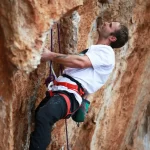
Leah Leonard
Leah Leonard is a renowned author and seasoned climber, best known for her captivating book, “Perfect Climbing.” Her experiences scaling the world’s most formidable peaks have not only shaped her adventurous spirit but also lend a unique authenticity to her compelling narratives.
